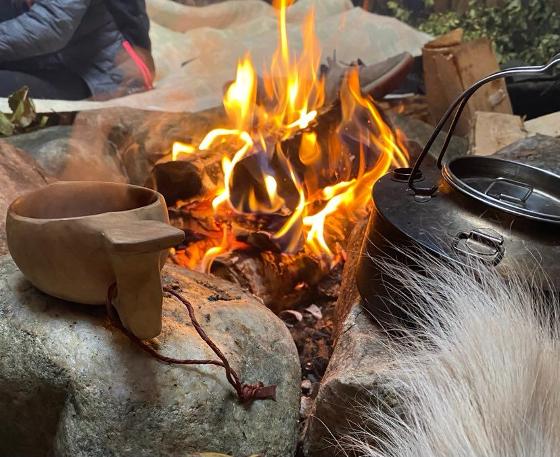Gendering Sápmi - starting a project
"Gender in Sápmi" is obviously a quite broad title for a research project. This is on purpose. Starting to do research about gender in Sápmi, we aim to open up and widen the scope rather than narrow down. The main reason for this is that we seek to design and articulate the project in collaboration with others - colleagues, stakeholders, and others with interest in the field.
Although it is obvious that gender issues have become present in the general discussion in
Sápmi, academic studies that specifically focus on gender are still scarce within the Sámi
research field. In addition, much of the research that is done on gender is included in studies
that do not necessarily highlight gender as the main issue. However, outside the academic
context, gender has become increasingly pronounced as important by Sámi organisations,
projects and other contexts.

People and collaboration
The scholars doing research related to different aspects of gender in Sápmi have to a great extent experienced what is quite common amongst scholars within Indigenous research as such: To be lone islands. Even though there are research done on these topics, a more joint effort combining institutions and people across the state borders is still missing. This project seeks to connect the interested scholars from, the organizations and stakeholders working on these matters, and institutions from different parts of Sápmi.
Perspectives and topics
Further, as the respective fields of Indigenous/Sámi studies and gender/women's studies have been established, the connections between them are still not many. It has even been argued by Torjer A. Olsen, from UiT's Center for Sámi Studies, that Sámi studies and Indigenous methodologies have tended to be "blind to " while gender studies have tended to be "blind to the Indigenous". In this project, we seek to apply gender perspectives in Indigenous contexts and to apply Indigenous perspectives in gendered contexts. This requires both empirical case studies and reflections on theoretical and methodological positions and perspectives.
This means that we as scholars do not go into this with neither final answers nor final questions. To find, develop, and identify the research needs within Sámi gender research is part of the project. It requires collaboration and participation - which we seek to act out with reference to and use of the knowledge of Indigenous research ethics, a previous project run by Anna-Lill Drugge, from Umeå University and with an adjunct position in the project.
Gender in Sápmi needs to be studied through different methods and fields, opening for text studies, fieldwork, archive studies, and narratives, to name a few. The project has a local dimension, with the explicit connection to Sámi communities, a national dimension, meant both in an overarching Sámi context and in the Nordic contexts, and an international dimension, with the global community of Indigenous peoples and research and of gender research.
Stories and experiences
An important beginning and part of the project is the PhD project of Ánne-Hedvig Salmi Nordsletta. She is educated a midwife and has experience from her work with Sámi women giving birth. The birth stories of Sámi women are the starting point for Nordsletta's project. As such, this means that we cross the borders between social sciences and health research, a key dimension for Hege K. Andreassen, from UiT's Center for Women and Gender Research.
"Gender in Sápmi" has now started. We look forward to what comes next! The key is collaboration. In our upcoming kick-off online seminar, we hope many will join us in thinking, reflection, and sharing on where to go further.